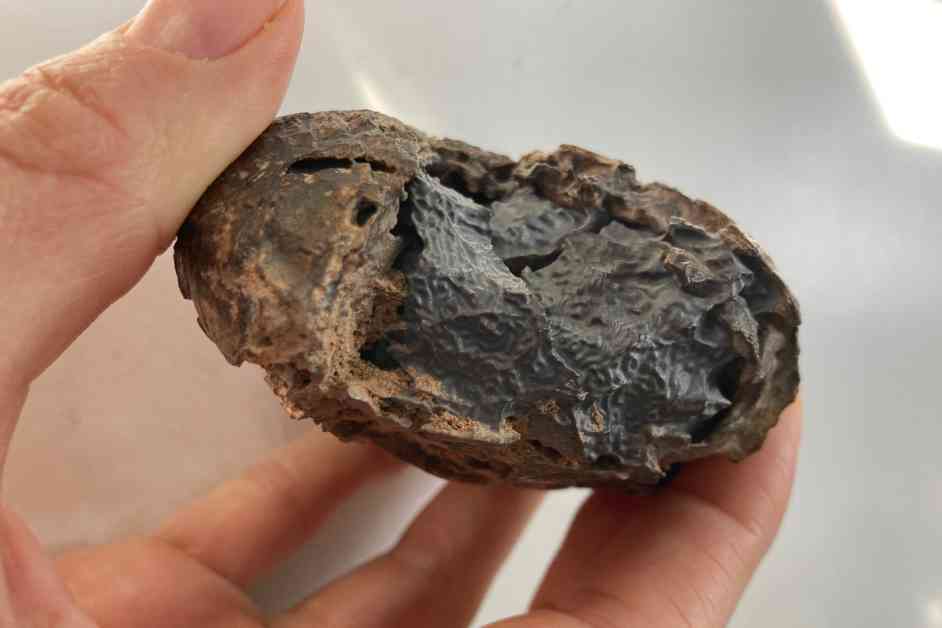Mustafa, my friend, and I stumbled upon a peculiar rock in the western Moroccan desert that sparked our curiosity. This rock, with its unique appearance and weight, left us wondering whether it was a meteorite, a dinosaur egg, or a fossil. The mystery surrounding this rock led us on a fascinating journey of exploration and speculation.
As we shared our discovery with friends and social media followers, the debate over the rock’s identity grew. Some suggested it was a meteorite due to its dark interior, while others thought it could be a geode or even a dinosaur egg. The diverse landscapes of the Sahara added to the intrigue, with its vast desert plains and rocky outcrops creating the perfect backdrop for our discovery.
Seeking answers, I turned to Leslie Hale, an expert at the Smithsonian National Museum of Natural History. Despite our hopes and dreams, she confirmed that our rock was not a meteorite or a rare fossil. Instead, it turned out to be a concretion—a natural formation created by the accumulation of minerals over time. While this revelation may have been less thrilling than our initial speculations, it shed light on the geological processes that shaped our rock.
Hale explained that our concretion, or “thunder egg” as she called it, was a testament to the forces of nature that had acted upon it over thousands of years. From wind erosion to desert varnish, the rock told a story of survival and transformation in the harsh desert environment. Each ripple and texture on its surface revealed a chapter in its history, connecting us to the ancient forces that shaped our planet.
While our rock may not have been as exotic as a meteorite or a dinosaur egg, it held its own significance as a piece of Earth’s history. Every rock has a story to tell, a reminder of the intricate processes that have shaped our world over millennia. As we continue to explore and uncover the mysteries of the natural world, we are reminded that even the most ordinary rock can hold extraordinary secrets waiting to be discovered.






